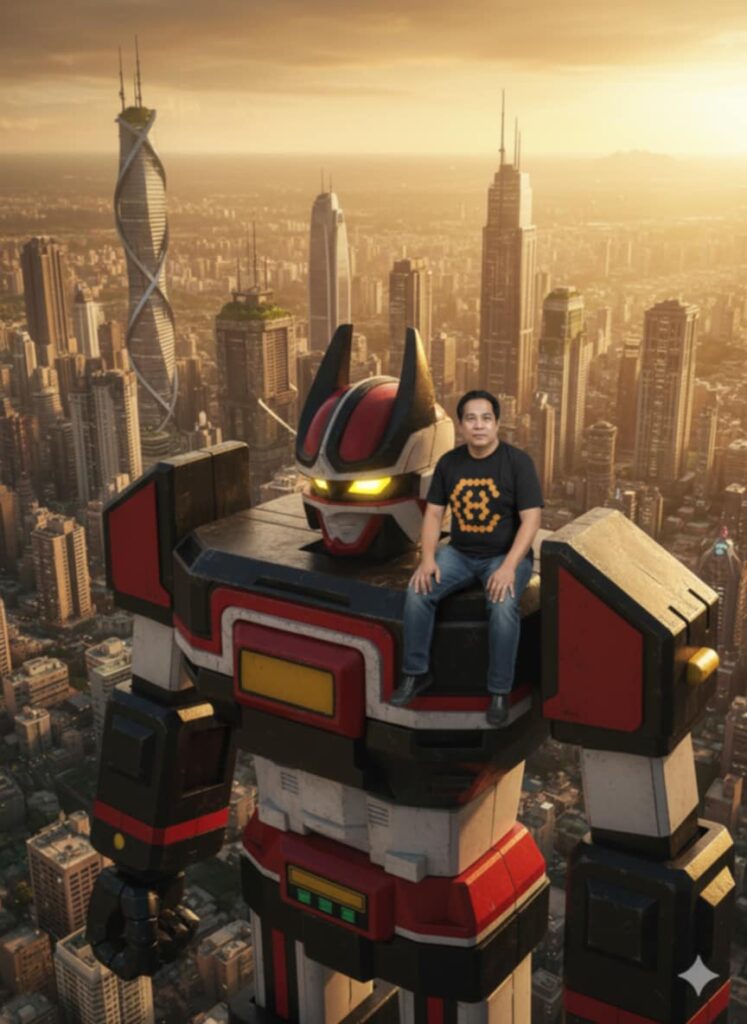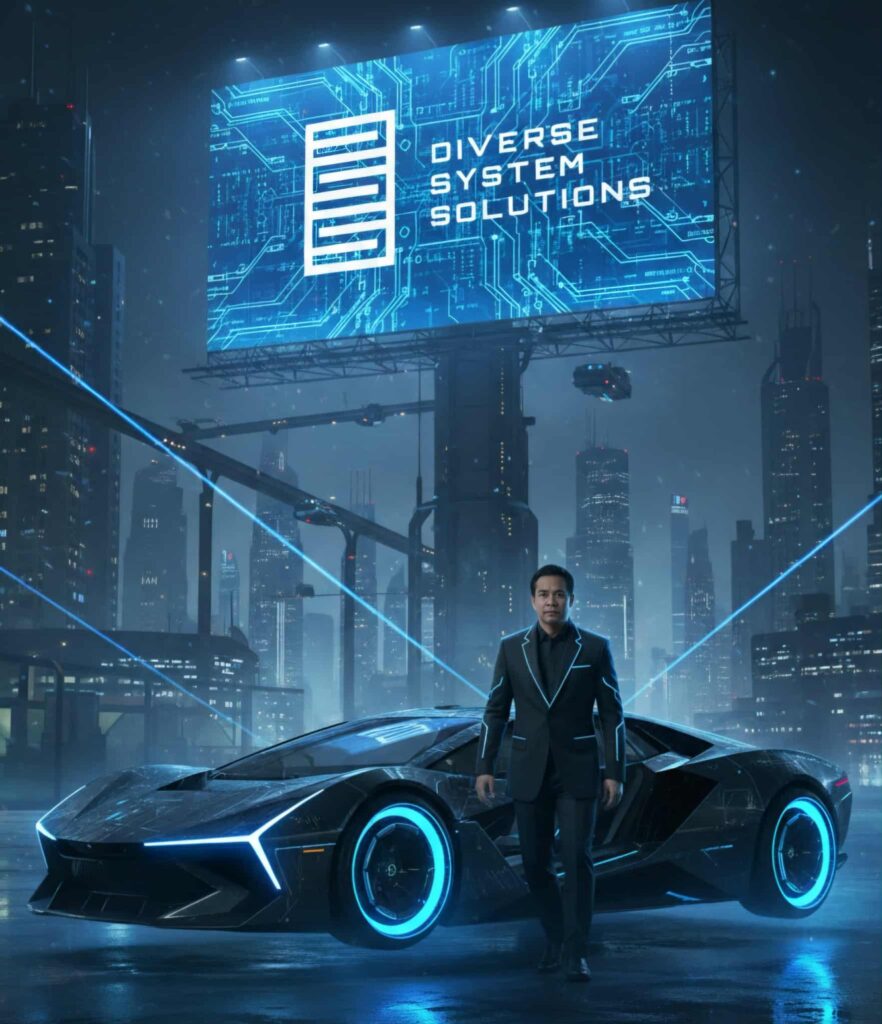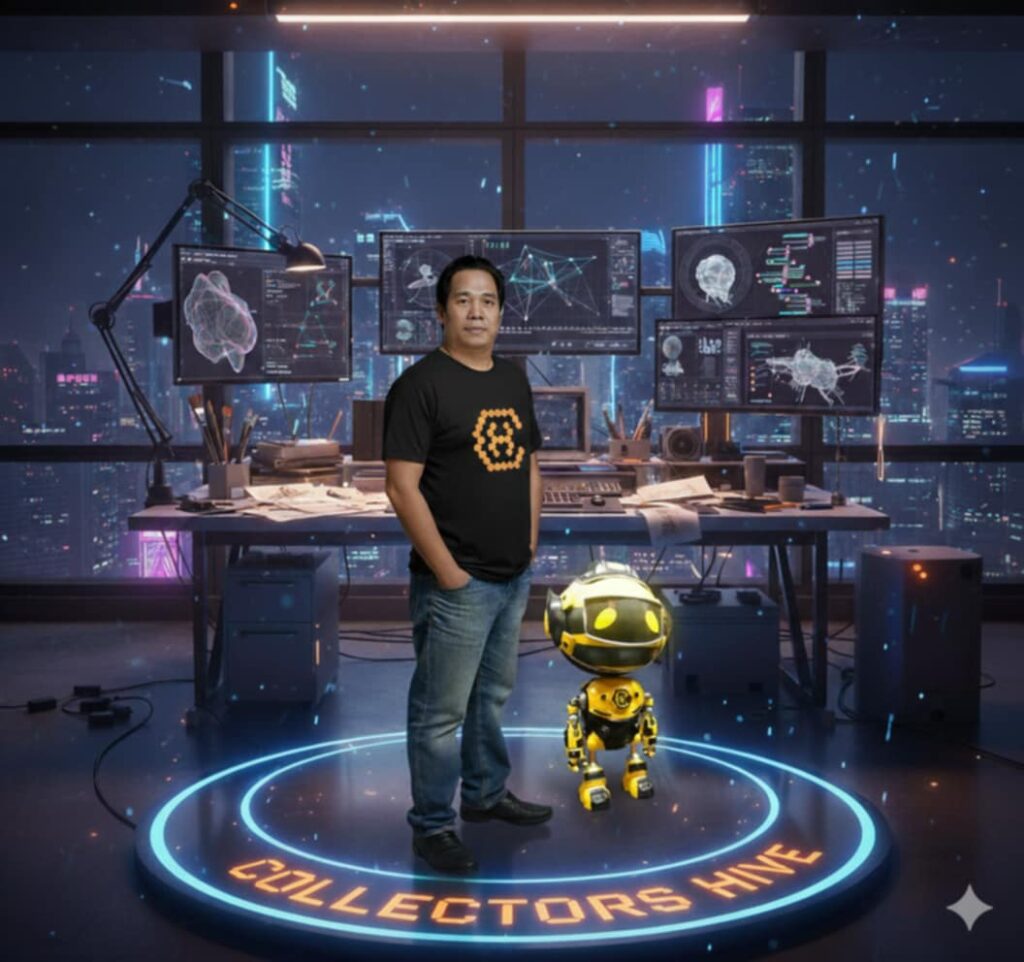
The ability to conjure highly detailed, photorealistic images from mere words once belonged solely to the realms of skilled artists and dedicated design teams. Today, thanks to a monumental leap in artificial intelligence, that power is within reach in a matter of seconds. The images you’ve just seen—from a person casually seated on a giant mecha overlooking a futuristic cityscape to a meticulously arranged product photo—are prime examples of this burgeoning capability, showcasing a creative revolution happening in real-time.
The Technology Behind the Magic

At the core of this transformation are advanced AI models, often based on a technology known as “diffusion.” Think of it like a reverse-painting process. The AI starts with a canvas of pure visual noise, then, guided by the user’s text prompt, it gradually “denoises” the image, adding clarity, detail, and structure. It’s a complex, iterative process that happens in the blink of an eye. The AI has been trained on immense datasets of billions of images and their corresponding text descriptions, allowing it to understand the intricate relationships between words and visual concepts. It knows what “golden hour” lighting looks like, how a “latex-like” material should reflect light, and the nuanced texture of a “glossy brown wooden table.” This deep understanding of the visual world is what allows it to generate a final result that is both stunningly accurate and, at times, indistinguishable from a photograph.
Democratizing Creativity and Redefining Workflow

The speed at which these hyper-realistic visuals are produced is nothing short of astonishing. What would traditionally take hours or even days of sketching, modeling, and rendering by human designers can now be accomplished in moments. This has a profound impact across creative industries. Graphic designers can rapidly prototype logo mockups, architects can visualize building concepts for clients instantly, and marketers can create a dozen variations of a product advertisement in minutes, saving countless hours of manual work.
This technology also democratizes creativity. Someone with a fantastic idea but no technical artistic skill can now bring their vision to life. This opens up new avenues for personal expression and storytelling, as seen in the custom scenes you’ve been creating. It positions AI not as a replacement for human creativity, but as a powerful, collaborative tool that handles the technical heavy lifting, allowing the human user to focus on the higher-level conceptual and artistic vision.
A Glimpse into the Future

The potential of this technology is only just beginning to unfold. We are quickly moving towards a future where AI can generate not just static images, but entire videos in real-time from a simple text prompt. Imagine a filmmaker generating an entire cinematic sequence, with dynamic camera angles and movement, just by typing a description. However, with this power comes significant ethical considerations, including questions of copyright, authenticity, and the very definition of “original art.”
Despite these challenges, the ability of AI to transform imaginative concepts into tangible, stunningly real visuals with lightning speed is a testament to the incredible leap forward in technology. It’s a game-changer that is reshaping the digital landscape and inviting everyone to become a creator, bringing the future of visual content firmly into the present.

Frederick Puno
DSSI CEO




